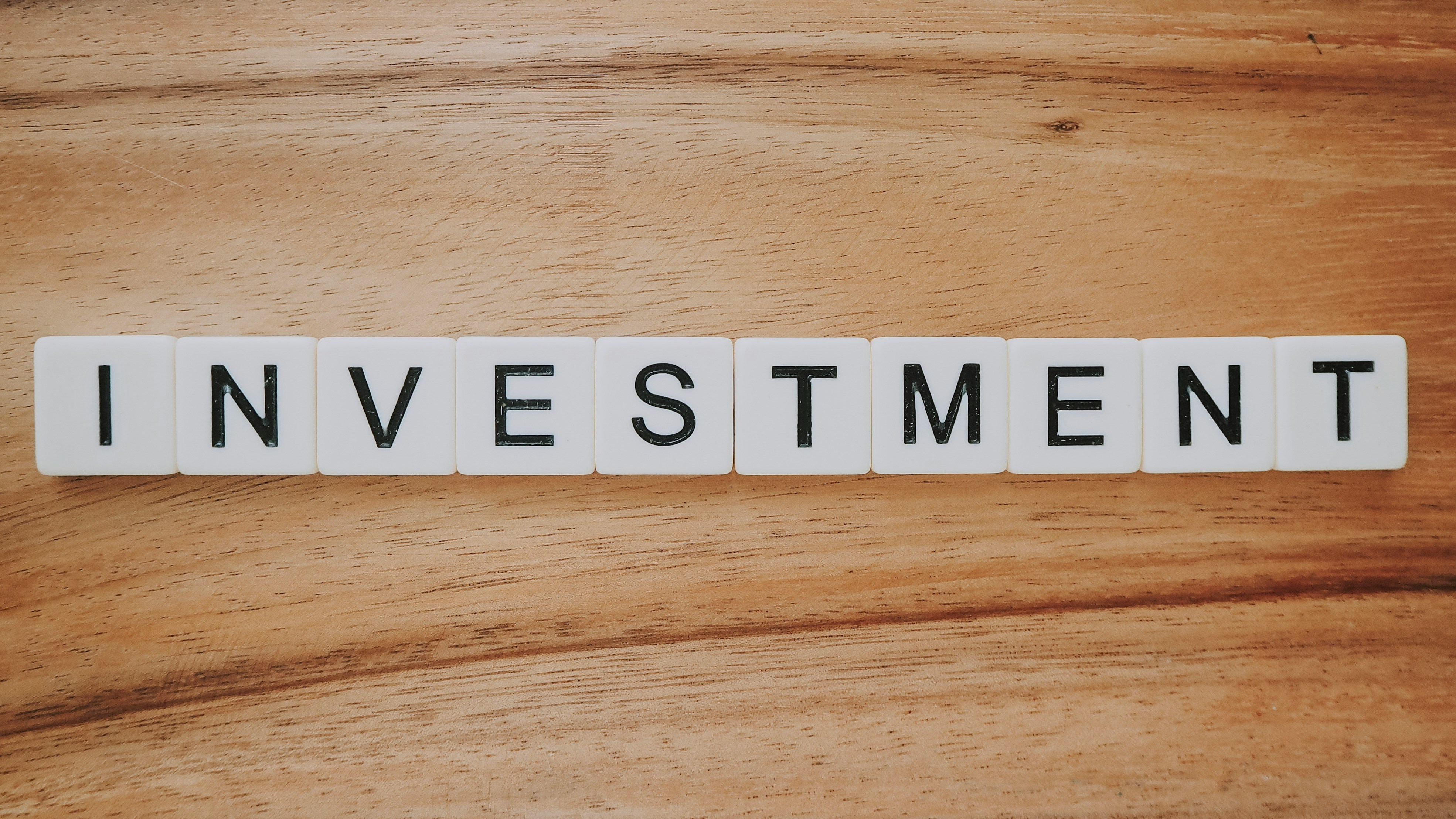Software as a service (SaaS) is a popular business model that has revolutionized how software is delivered and used. However, with increasing competition and customer expectations, SaaS companies face significant challenges in retaining their customers.
According to a study conducted by McKinsey, 92% of SaaS companies with an annual growth rate of less than 20% are at risk of failure. Therefore, SaaS businesses must adopt effective retention strategies to keep their customers engaged and satisfied.
In this article, we’ll explore some of the best SaaS retention strategies that can help improve your business.
what’s in the article
- What is customer retention?
- Why are SaaS retention strategies important for businesses?
- Retention vs. Acquisition
- Best SaaS Customer Retention Strategies
- How can EVNE Developers help you boost SaaS customer retention?
- Conclusion
What is customer retention?
Customer retention refers to the ability of a business to keep its existing customers and encourage them to continue using its products or services. It’s a crucial aspect of any business, as it’s much easier and cost-effective to retain an existing customer than to acquire a new one.
Customer SaaS retention involves building strong relationships with customers, understanding their needs and preferences, and providing them with excellent customer service and support. By doing so, businesses can increase customer satisfaction and loyalty, leading to repeat purchases, positive word-of-mouth, and long-term growth.
Why are SaaS retention strategies important for businesses?
A high SaaS customer retention rate indicates a healthy business with more loyal customers who are actively engaged with your products or services. This high retention rate is also a sign of satisfied customers, as they continue to choose your business over competitors.
Moreover, customer retention can improve your return on investment (ROI) by reducing costs. In contrast to the expense of attracting new customers through marketing, repeat customers provide a steady income stream without incurring additional acquisition costs. According to Forbes, the cost of acquiring new customers can be up to five times higher than retaining existing ones. By retaining customers, you can allocate more resources toward customer acquisition and increase your marketing budget.
In the case of SaaS companies, most of the revenue comes from repeat purchases by retained users. Therefore, improving user retention SaaS can lead to greater revenue and growth for the business.
What is a good customer retention rate?
A good customer SaaS retention rate is a metric that indicates how well a business is retaining its existing customers. Generally, a higher retention rate is considered better, as it means more loyal customers and a stronger business.
While the ideal retention rate can vary depending on the industry and business model, most experts agree that a retention rate above 80% is considered good. This means that 80% or more of a business’s customers continue to use its products or services over time. However, some industries may have lower retention rates due to factors such as higher competition or changing customer preferences.
For example, the average customer retention rate for the SaaS industry is around 75%, according to a report by Totango. Meanwhile, the average retention rate for e-commerce businesses is around 25%, according to a study by Annex Cloud.
It’s important to note that the customer retention rate should be viewed in conjunction with other metrics, such as
Churn Rate
Measures the number of customers who have stopped using your product over a given period.
Repeat Purchase Rate
Measures the percentage of customers who make a repeat purchase within a specific period.
Net Promoter Score (NPS)
Measures how likely customers are to recommend your product to others.
Customer Lifetime Value (CLV)
Measures the total value a customer brings to your business over the duration of their relationship with your company.
Monthly Recurring Revenue (MRR) Churn Rate
Measures the percentage of MRR lost due to customer churn.

Retention vs. Acquisition
When it comes to driving business growth, there are two key strategies: customer retention and customer acquisition. Both are important, but they require different approaches and have distinct advantages and disadvantages.
Retention
Retention focuses on keeping existing customers engaged and satisfied, encouraging them to continue using a business’s products or services. This approach can be less costly than acquisition, as it requires less marketing spend and can lead to higher customer lifetime value (CLV) over time. By focusing on retention, businesses can build strong customer relationships and create a loyal customer base that generates regular revenue.
Acquisition
On the other hand, acquisition involves bringing new customers to the business, either through marketing or other means. While acquisition can be more expensive, it can also provide a faster influx of revenue and allow businesses to expand their customer base. However, acquiring new customers doesn’t always guarantee long-term success, as the acquisition cost may outweigh the revenue generated by these new customers.
To determine which approach is best for a particular business, it’s essential to consider factors such as industry, competition, and customer preferences. Ideally, a business should strive to balance retention and acquisition, creating a customer-centric approach that prioritizes both strategies.
Ultimately, whether a business chooses customer retention strategies SaaS or acquisition as its primary growth strategy, it’s essential to continually monitor and improve customer relationships, track key metrics such as retention rate and CLV, and adapt to changing market conditions to drive sustainable growth over time.

Best SaaS Customer Retention Strategies
To help your business keep customers engaged and interested, we’ve created a list of the 14 best SaaS customer retention strategies for design, development, and business approach.
Mobile Optimization
Optimizing the product for mobile devices is essential for retaining customers. SaaS companies should ensure that their mobile device product is responsive and user-friendly. According to Statista, in 2021, there were 7.1 billion mobile users. That’s 90% of the world’s population. Customers who can use the product on the go are likelier to continue using it.
Example: Trello offers a mobile app that allows customers to manage their tasks and projects on the go.
If you don’t implement this: Clients may find it difficult to use the product on mobile devices.
User-Friendly Interface
A user-friendly interface is essential for customer retention strategies SaaS. Companies should focus on providing a simple and intuitive interface that customers can use without any training. A user-friendly interface can help in reducing churn and increasing customer satisfaction.
Example: Canva provides a simple and intuitive interface for their customers to design graphics without any design experience.
If you don’t implement this: Users may find the product too difficult to use, leading to decreased engagement.
Accessibility
Ensuring that the product is accessible to all users is important for customer retention SaaS. Companies should design their product with accessibility in mind, ensuring that it can be used by users with disabilities. Customers who appreciate the product’s accessibility are more likely to continue using it.
Example: Microsoft offers accessibility features in their products, such as high contrast mode and screen readers.
If you don’t implement this: Visitors with disabilities may find the product difficult or impossible to use.
Aesthetics
The aesthetics of the SaaS product can impact customer retention. SaaS companies should invest in the aesthetics of the product, ensuring that it looks modern and visually appealing.
Example: Dropbox offers a modern and visually appealing design that aligns with their brand.
If you don’t implement this: Users may find the product unappealing or outdated.
Continuous Improvements
Continuous improvements are crucial for retaining customers in the long run. SaaS companies should continuously improve their product by adding new features, fixing bugs, and addressing customer feedback.
Example: Slack continuously adds new features to their platform, such as the ability to schedule messages, to improve the user experience.
If you don’t implement this: Customers may feel that the product is stagnant or outdated.
Scalability
Scalability is an essential factor for SaaS companies to consider during SaaS product development. As the customer base grows, the product should be able to handle the increased load without any performance issues. This can help in ensuring customer satisfaction.
Example: Amazon Web Services is a highly scalable SaaS platform that can handle millions of users without any performance issues.
If you don’t implement this: Users may experience performance issues or downtime.
Integration
Integration with other platforms is an effective strategy to increase the value of the product. SaaS companies should consider integrating their product with other platforms that their customers use, such as CRMs, marketing automation tools, or accounting software.
Example: HubSpot integrates with Salesforce to provide a seamless marketing and sales automation experience for their customers.
If you don’t implement this: Clients may switch to a competitor that offers better integration with their existing platforms.
Security
Security is a critical factor for SaaS companies to consider when developing their product. Customers trust SaaS companies with their data, and any security breaches can lead to distrust and, ultimately, churn. SaaS companies should invest in robust security measures to ensure customer data is secure.
Example: Zoom implemented end-to-end encryption to ensure the security of their customer’s data.
If you don’t implement this: Customers may lose trust in the product.
Gamification
Gamification is an effective strategy to keep customers engaged with the product. SaaS companies can use gamification to incentivize users to complete certain tasks or achieve certain goals. This strategy can help in increasing user engagement and reducing churn.
Example: Duolingo uses gamification by awarding points and badges to users as they complete language-learning modules.
If you don’t implement this: Customers may lose interest in the product, leading to decreased churn.
Personalized Onboarding
It is crucial to provide a personalized onboarding experience to the customers to ensure they are engaged with the product. SaaS companies can achieve this by providing customized onboarding videos or one-on-one sessions with a customer success manager to guide the users through the product features. Personalized onboarding helps in establishing a strong relationship with the customer and sets the foundation for a long-term relationship.
Example: Asana provides a personalized onboarding experience for their customers by showing them how to use the software to manage their projects effectively.
If you don’t implement this: Customers may not understand the value of the product or may not be able to use it to its full potential.
Proactive Support
SaaS companies can use analytics to track customer behavior and identify potential problems. The support team can then proactively reach out to the customers to provide assistance and prevent issues from escalating. Communication can help in establishing a strong relationship with the customer. SaaS companies can use customer data to personalize communication by sending targeted messages based on the customer’s behavior and preferences.
Example: Salesforce uses proactive support by monitoring customer usage patterns and providing suggestions to customers to help them optimize their usage.
If you don’t implement this: Clients may experience regular issues with the product, leading to product disappointment.
Loyalty Programs
Loyalty programs can be an effective strategy to retain customers. SaaS companies can use loyalty programs to incentivize customers to stay with the product by providing rewards or discounts based on usage or tenure.
Example: Dropbox uses a referral program to incentivize customers to invite their friends to use the product.
If you don’t implement this: Customers may not see the product’s value and may be more likely to churn.

Looking to improve your SaaS product viable metrics without worries?
EVNE Developers is a dedicated software development team with a product mindset.
We’ll be happy to help you turn your idea into life and successfully monetize it.
How can EVNE Developers help you boost SaaS customer retention?
Our team of experienced developers has a deep understanding of the SaaS industry and can provide customized solutions to help you retain your customers and increase their lifetime value.
One of the ways we can help is by optimizing your product’s user experience. EVNE Developers will work closely with you to identify pain points in the user journey and provide design solutions that improve the overall user experience. By creating a product that is easy and enjoyable to use, your customers are more likely to stay engaged and continue using your product.
Another way we can help is by implementing personalized customer communication strategies. We understand that each customer is unique and has different needs and preferences. By analyzing customer behavior and engagement patterns, we can create personalized SaaS customer retention strategies that effectively engage and retain your customers.
We can also help you with feature development that aligns with customer needs and expectations. By staying up-to-date with industry trends and customer feedback, we can identify new features or improvements to existing features that can enhance your product’s value proposition and increase customer satisfaction.

Conclusion
In conclusion, implementing effective customer retention SaaS strategies is crucial for the long-term success of your business. At this point, the discovery phase is critical as it lays the foundation for implementing effective B2B SaaS customer retention strategies.
Having a team of experienced developers is essential for successful implementation. Regardless of current performance, everything can be fixed with the right team and approach.
By focusing on customer understanding, industry trends, and product improvement, you can build a loyal customer base that drives sustainable growth for your business.

About author
Roman Bondarenko is the CEO of EVNE Developers. He is an expert in software development and technological entrepreneurship and has 10+years of experience in digital transformation consulting in Healthcare, FinTech, Supply Chain and Logistics.
Author | CEO EVNE Developers


















